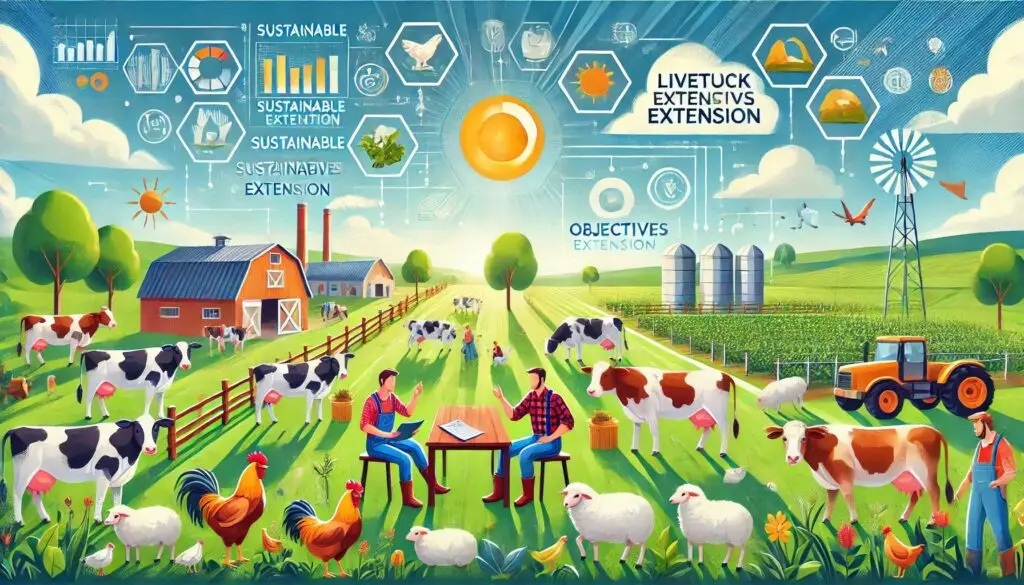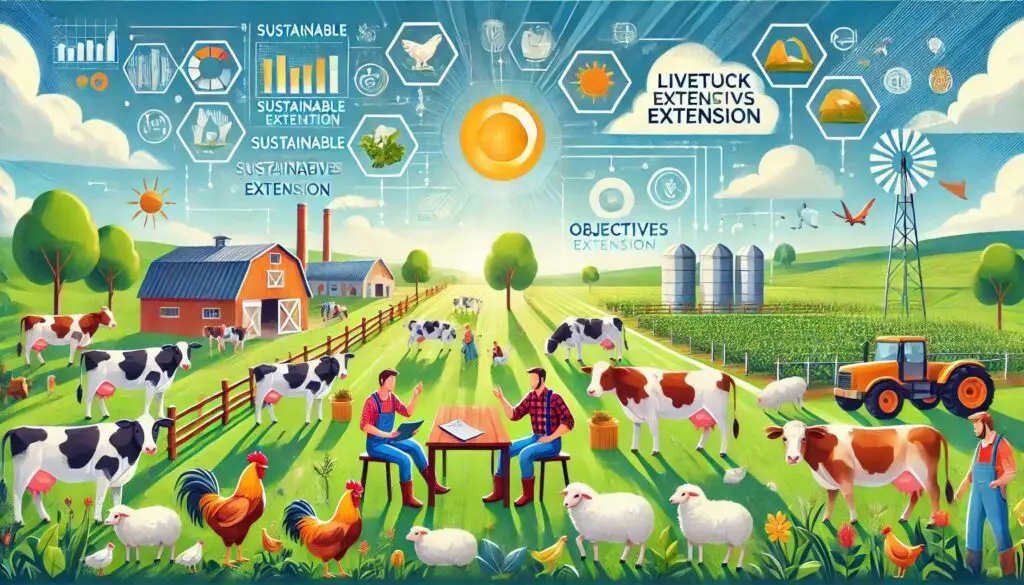Functions of extension teaching methods

Introduction
Extension teaching methods play a crucial role in agricultural education. They facilitate communication between extension workers and learners, helping to disseminate knowledge and skills effectively. This article explores the various functions and types of extension teaching methods, emphasizing their importance in promoting agricultural practices.
What Are Extension Teaching Methods?
Extension teaching methods are tools used by extension workers to create effective learning environments. They are designed to engage learners actively, enabling them to acquire new knowledge and skills.
Functions of Extension Teaching Methods
- Enhancing Communication
Extension methods create opportunities for meaningful interactions between instructors and learners. They allow learners to see, hear, and practice what they learn. - Stimulating Interest
These methods aim to stimulate mental and physical actions among learners. They encourage curiosity and motivate learners to adopt new practices. - Facilitating Skill Acquisition
Extension teaching methods help learners acquire and improve skills. They provide practical experiences that enhance learning outcomes. - Providing Local Proof
Demonstrations show the effectiveness of practices under local conditions. This builds confidence among learners regarding the recommendations made by extension workers. - Promoting Community Development
Ultimately, these methods aim to foster growth and development within communities. They help bring about positive changes in knowledge, skills, and attitudes.
Types of Extension Teaching Methods
Extension teaching methods can be classified into three main categories based on the nature of contact: individual, group, and mass contact methods.
1. Individual Contact Methods
These methods involve direct interaction between extension workers and individual learners. They include:
- Farm and Home Visits
Extension workers visit farmers and their families to provide tailored advice and support. - Office Calls
Learners can visit extension offices to seek information and assistance. - Personal Letters
Extension workers send personalized letters to learners, providing information and encouragement.
2. Group Contact Methods
Group methods involve teaching multiple learners at once. They include:
- Result Demonstrations
These showcase the practical application of improved practices, allowing learners to observe outcomes firsthand. - Method Demonstrations
These short demonstrations teach specific skills or practices, focusing on how to perform tasks effectively. - Conferences and Discussion Meetings
These gatherings facilitate dialogue among learners, encouraging the sharing of experiences and knowledge.
3. Mass Contact Methods
Mass contact methods reach a larger audience simultaneously. They include:
- Bulletins and Leaflets
Printed materials provide information on best practices and new technologies. - Radio and Television
Broadcast media can disseminate information widely, reaching rural populations effectively. - Exhibits and Posters
Visual displays at community events attract attention and educate the public about agricultural practices.
Importance of Extension Teaching Methods
Extension teaching methods are vital for several reasons:
- Bridging Knowledge Gaps
They help bridge the gap between research and practice, ensuring that farmers have access to the latest information. - Encouraging Adoption of Innovations
By demonstrating the benefits of new practices, these methods encourage farmers to adopt innovations that can improve productivity. - Building Relationships
Individual contact methods foster trust and rapport between extension workers and learners, enhancing the effectiveness of communication. - Empowering Communities
Extension teaching methods empower communities by providing them with the knowledge and skills needed for sustainable development.
Conclusion
Extension teaching methods are essential tools in agricultural education. They enhance communication, stimulate interest, and facilitate skill acquisition among learners. By employing a variety of methods, extension workers can effectively promote agricultural practices that lead to community development and improved livelihoods.
For more pearls of Vets Wisdom:
https://wiseias.com/partitioning-of-food-energy-within-animals/





Responses